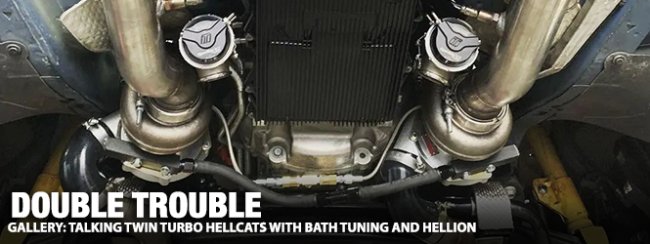
Over the past year, we have seen an increase in the popularity of twin turbocharged Hellcat builds. As more owners with these builds post about their Dodge, Ram and Jeep vehicles with turbochargers and a supercharger, it sparks more interest from other owners who are interested in enjoying gobs more power.
Seeing the growing interest in the compound turbocharger-supercharger builds in the likes of the Dodge Challenger, Charger and Durango Hellcat models, the Jeep Grand Cherokee Trackhawk and the Ram 1500 TRX, we reached out to two experts in the field – Tim Barth of Barth Tuning and John Urist of Hellion Turbo – to get more information on the advantages of adding a pair of turbochargers to your Hellcat-powered vehicle.

Before getting into the advantages of running a compound boost system on your Dodge Hellcat, Jeep Trackhawk or Ram TRX, we should explain a few things.
First, for those who aren’t familiar with Hellion Turbo, they are one of the leaders in the forced induction aftermarket. They offer the most powerful small frame turbochargers on the market today.
Hellion and owner John Urist have been helping Ford and Chevy owners make big power for years. With the rise in popularity of the modern Mopar muscle cars, Hellion now offers kits for the Dodge Hellcat cars, the Jeep Grand Cherokee Trackhawk and the Ram 1500 TRX.

As for Tim Barth, Barth Tuning has been one of the leaders in modern Mopar tuning for a number of years now. They have an extensive clientele list that includes many of the world’s quickest Hellcat-powered vehicles.
He also has experience with Ford performance, but if you have a modern Hemi-powered vehicle and you want it to go a whole lot faster, Tim Barth is one of the best tuners in the business.
One of the many upgrade packages available from Barth Tuning adds compound boost with a pair of Hellion turbochargers. It only made sense to talk to Barth (a Hellcat tuning leader) and Urist (an aftermarket turbocharging leader) when looking to get the best information on twin turbo Hellcat applications.
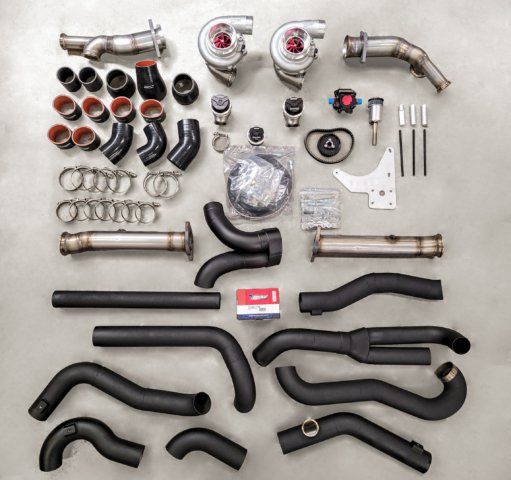
Second, this piece focuses on compound boost applications for the Dodge, Jeep and Ram vehicles powered by the supercharged 6.2-liter “Hellcat” Hemi. In other words, we are talking about keeping the factory supercharger and adding a set of turbochargers that work in conjunction with the supercharger.
Barth and Hellion have package options that replace the factory supercharger with a fixed intake manifold or remove the rotors from the factory supercharger, making it more of a fixed intake manifold. For this discussion, we are talking strictly about Hellcat drivers who want to keep the supercharger and add turbochargers.
If you are not familiar with compound boost systems, particularly in the case of adding twin turbochargers to a Hellcat Hemi, we will begin with a simple explanation of how the system works.
As you likely know, turbochargers are spun by exhaust gases on the “hot side” which turns a compressor wheel on the “cold side”, which compresses air and sends it through a system of piping to the engine. In a traditional turbocharging system, the turbo or turbos send the compressed air through an intercooler, which cools the air before sending it into the engine via a throttle body and intake manifold.
The compound boost system being offered for the Dodge, Jeep and Ram vehicles with the Hellcat Hemi use a similar turbocharging system, with a turbocharger driven by each of the exhaust banks. As those turbochargers spin, they intake and compress air that it shoved through a series of piping before reaching the throttle body on the front of the supercharger.
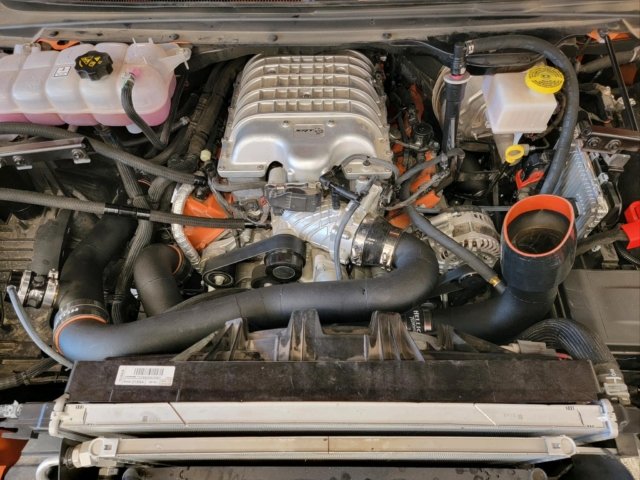
In a stock Hellcat-powered vehicle, the throttle body draws in outside air and the supercharger compresses it, but with the Hellion compound system, the supercharger is taking in already-compressed air and compressing it further.
As a result, a great deal of more air volume is being jammed into the engine and with the proper fuel mixture, that leads to big power gains. The compound boost system also look and sounds cool, so in addition to offering more power, this setup will turn some heads at the local car cruise as well.
You might be wondering about the advantages of the compound boost system over going with a fixed intake manifold and twin turbochargers. The key upside is that keeping the supercharger maintains the initial throttle response and same low-end acceleration that you get with a supercharger.
Since the supercharger is spun by a belt off of the engine, there is no “spool time” with the supercharger, so the compound boost system provides that same hard hit from a stop as a factory supercharged Dodge, Jeep or Ram.
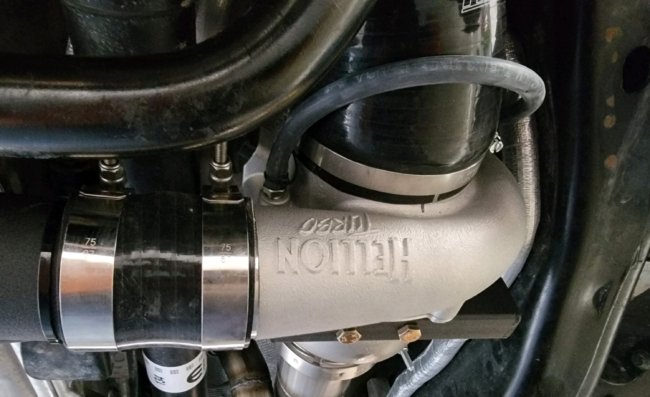
After that initial hit of power from the supercharger, the turbochargers reach their peak boost levels and that is when this system begins making big power, so the main advantage to the compound boost setup is the initial power levels from the boost of the supercharger coupled with a big spike in power when the turbocharging boost hits. Also, for those wondering, the forced air coming into the supercharger does not damage or accelerate the wear on any internal parts.
Another unique aspect that comes with the Hellion compound boost system is that you get the sound of the supercharger and the sound of the turbochargers, each of which have their own distinct sound.
The Hellcat Hemi offers a beautiful whine under acceleration while the spooling turbochargers offer their own sound. When working together, a Challenger, Charger, Durango, Grand Cherokee or Ram 1500 with the compound boost system will have a very distinct sound when compared to stock vehicles.
The odds are good that many people reading this want to know how much power a Hellcat, Trackhawk or TRX owner stands to gain from this compound boost system. With just the “basic” system, which works with 93 octane pump gas, the Hellcat Hemi will pick up around two hundred horsepower.
For those who upgrade to an E85 fuel system, there is greater power potential. YouTuber Westen Champlin has a system like this on his Charger Hellcat, which was installed and tuned with help from Tim Barth, and he is making upwards of 900 horsepower on pump gas and octane booster.
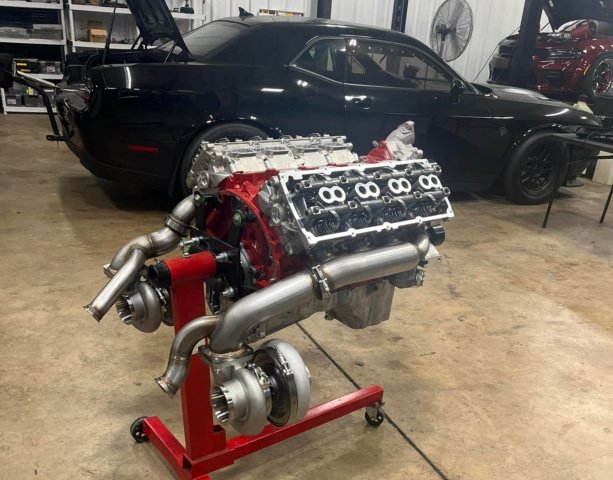
The key advantage with the compound boost system over making similar power with a supercharger alone is that the added turbochargers allow the driver to make power adjustments on the fly. Say that you want to run more boost on your supercharged Hellcat Challenger or Ram TRX – you have to swap to a smaller pulley, which is not a quick-and-easy task for most.
On the other hand, the Hellion compound system allows the driver to adjust the boost levels with a boost controller inside of the vehicle, allowing the driver to choose when he or she wants every bit of available power.
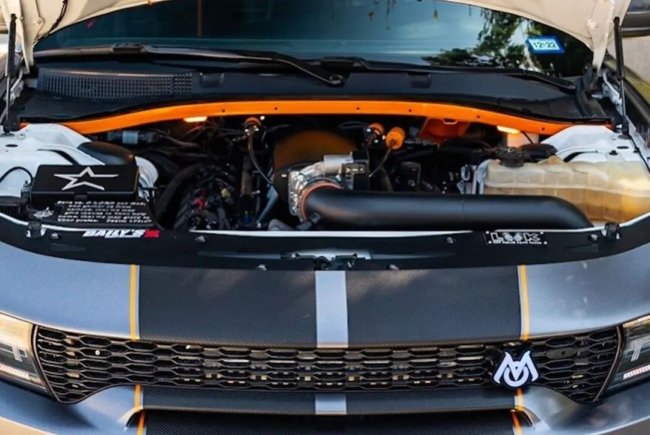
Finally, compound boost can actually improve fuel economy numbers by a significant amount over a straight-supercharged setup. According to Urist, some drivers may see an increase of up to 5 miles-per-gallon, thanks to the fact that the added boost from the turbochargers does not add any added effort to the engine.
Running big boost in a supercharger leads to increased loads on the engine, which reduces overall efficiency – both in power and in fuel use.
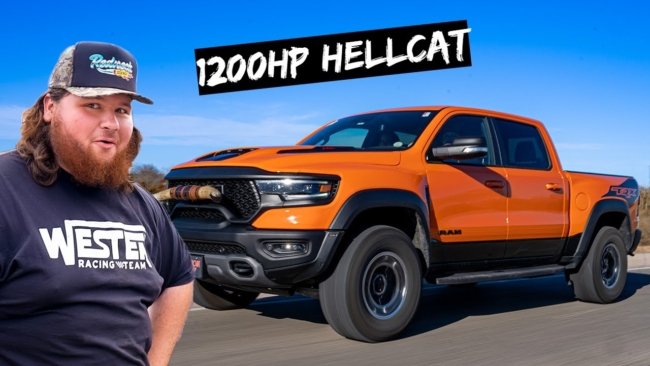
The Hellion Turbo kit that is offered by Barth Tuning comes with everything needed for the basic install – piping, hardware, electronics and, of course, the two turbochargers. When it comes to tuning the basic package, the only other upgrade is a set of fuel injectors and the end results can get up around 1,000 crankshaft horsepower on pump gas.
Those who opt to run E85 will need further fuel system upgrades as well, but of course, E blends will yield bigger power numbers. The turbochargers are mounted right next to the engine, in an optimal spot that eliminates turbo lag and maximizes power.
Hellion turbochargers are O-ring sealed, so owners don’t need to worry about excess dirt, debris or water accessing the air path – which is a big concern for TRX owners who enjoying flexing their Mopar muscle muscles outside of a paved system or roadways. In fact, the Hellion twin turbo setup for the Ram 1500 TRX even uses the factory hood scoop and the factory air filter system.
“The air inlet to each turbo routes up to the top of the engine compartment and bolts right up to the massive factory air cleaner. With such a cool factory scoop we wanted to keep it functional. Some vehicles do not have room to keep the factory scoop, but in the case of the RAM 1500, we were able to keep the entire system functional,” said Urist.
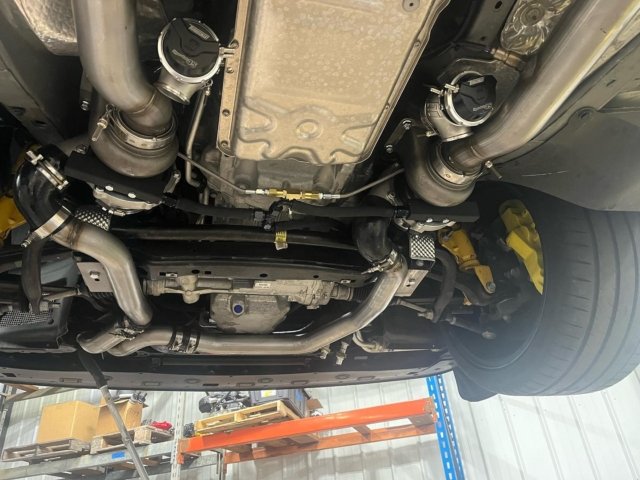
“This kit also has our new Hellion turbos that are the most powerful turbos ever designed at this frame size, so power will never be a problem. We use engine oil to lubricate the turbos with our exclusive Hellion mechanical oiling system – no need to maintain or grease the turbochargers, our units are oil fed and cooled like a factory setup.”
If you are interested in adding a compound boost system to your Hellcat Hemi-powered Dodge, Jeep or Ram, check out the kits available from Hellion Turbo and for record-setting tuning services for that build, Barth Tuning can provide an engine tune for any modern Mopar performance vehicle.









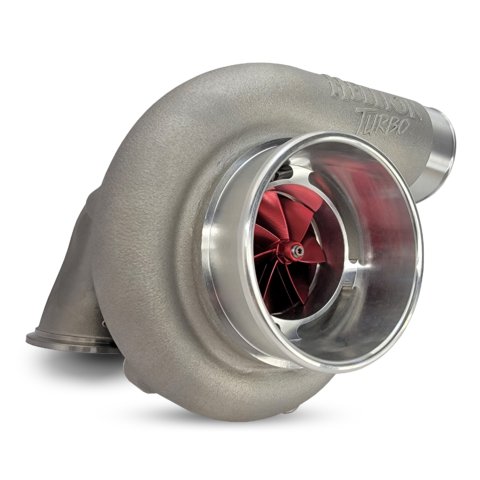
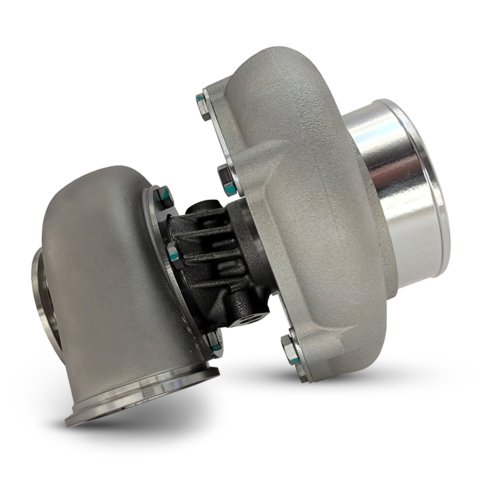

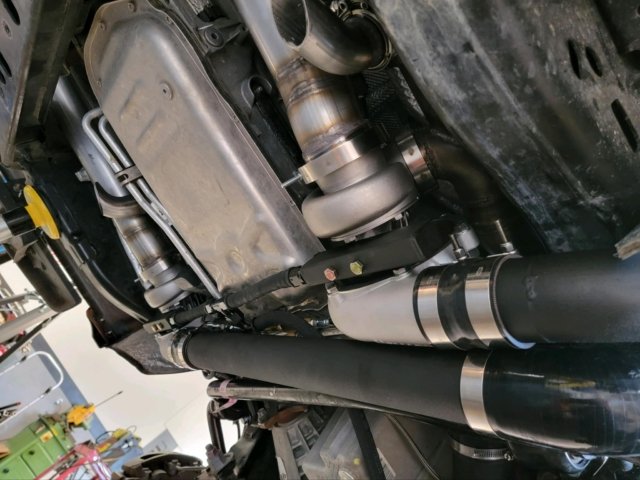
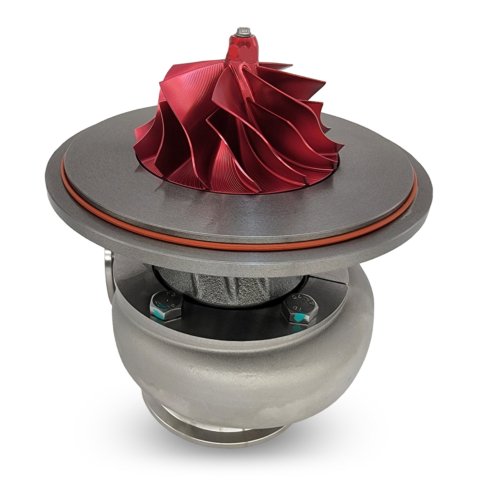
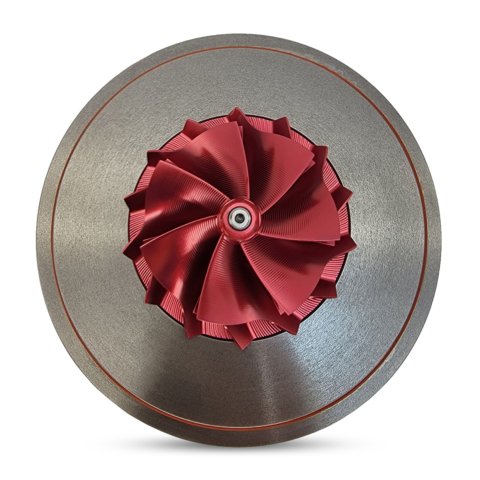
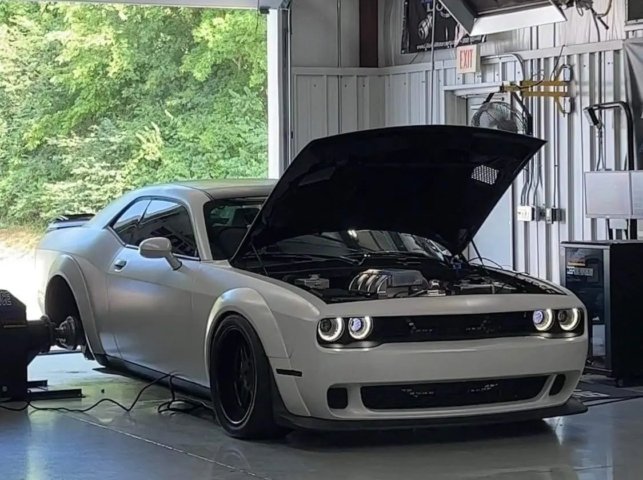
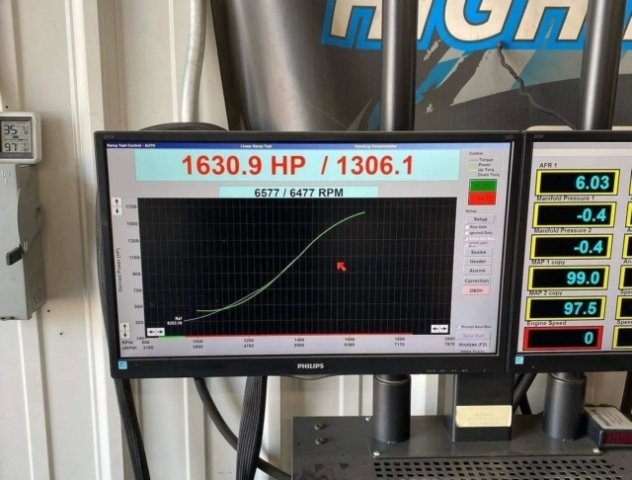
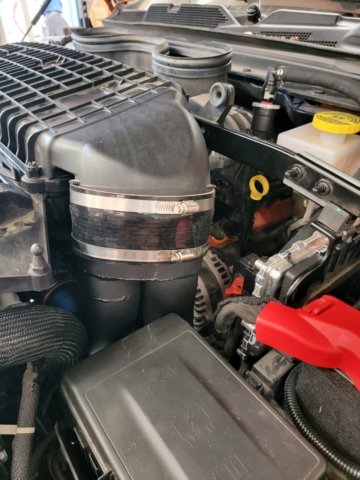
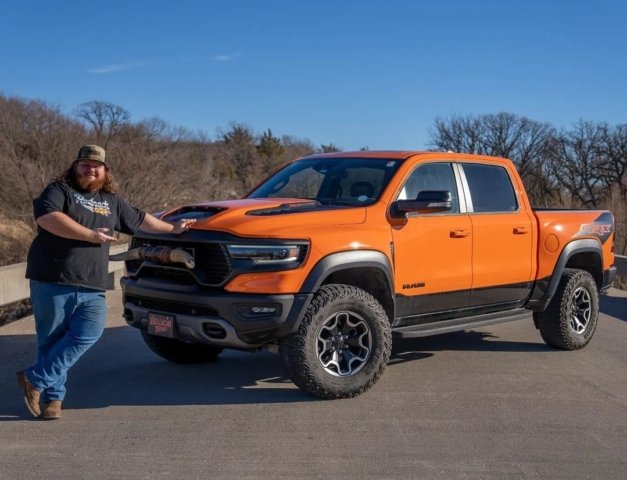
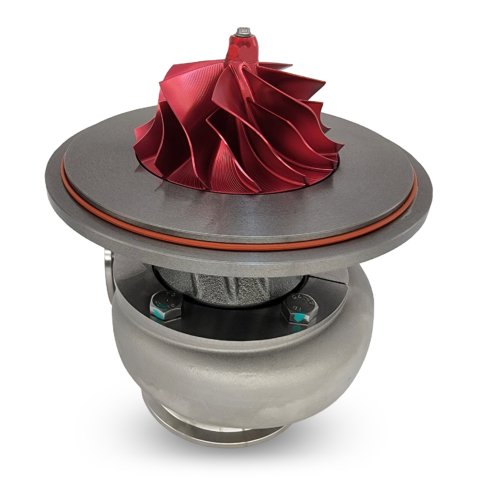
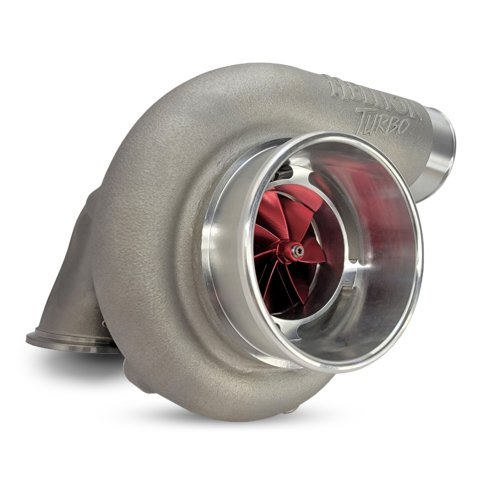

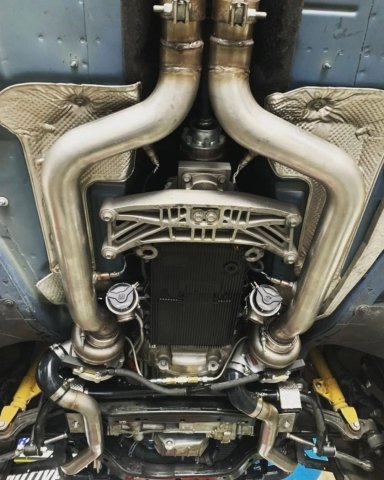
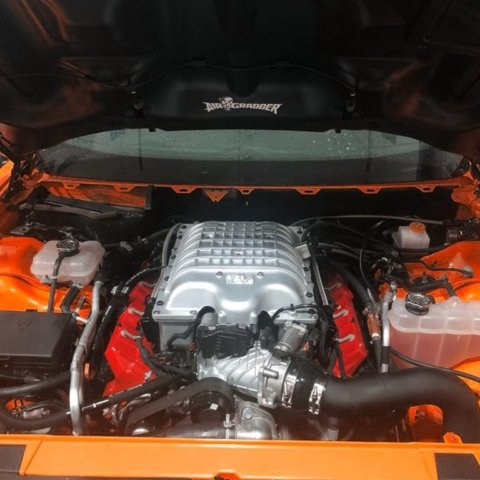


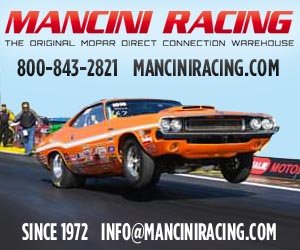
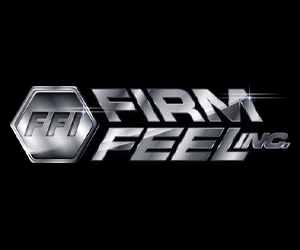
 Mopar Connection Magazine – The ONLY Daily Mopar Magazine © 2022. All Rights Reserved. Mopar Connection Magazine is the ONLY daily Mopar Magazine bringing you the latest Mopar news, technology, breaking news, and Mopar related events and articles. Find out the latest information about Mopar, Mopar products and services, stay up to date on Mopar enthusiast news, dealership information and the latest Mopar social media buzz! Sign up for the Mopar Connection Magazine newsletter for the latest information about new products, services and industry chatter. Mopar Connection Magazine is the best and only source you need to be a Mopar industry insider!
Mopar Connection Magazine – The ONLY Daily Mopar Magazine © 2022. All Rights Reserved. Mopar Connection Magazine is the ONLY daily Mopar Magazine bringing you the latest Mopar news, technology, breaking news, and Mopar related events and articles. Find out the latest information about Mopar, Mopar products and services, stay up to date on Mopar enthusiast news, dealership information and the latest Mopar social media buzz! Sign up for the Mopar Connection Magazine newsletter for the latest information about new products, services and industry chatter. Mopar Connection Magazine is the best and only source you need to be a Mopar industry insider! by
by